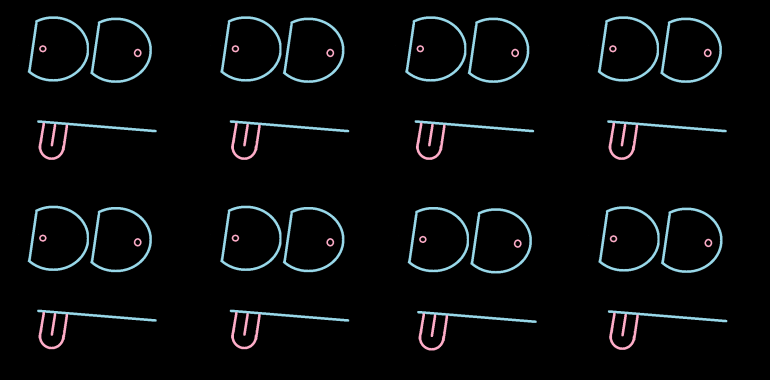Why you should produce with a limiter on the Masterbus

Why you should produce with a limiter on the Masterbus
Music producers underrate the importance of a limiter on the Masterbus in production. Mixing and producing without a limiter can lead to various issues in mastering. Common ones include distortion and balancing problems that become apparent once the mix is limited. In this blog post, we will explore the concept of top-down mixing, the downsides of not using a makeshift limiter and the benefits that come with incorporating a limiter into your production process.
Have you ever wondered how you’d act if you knew the future? Adding a makeshift limiter in your productions basically lets you do that.

Top-down mixing
Top-down mixing is a well-known approach in audio engineering, emphasizing the importance of considering the final product from the early stages of production. While this concept is widely accepted in mixing, it is often overlooked in production. However, top-down production is just as helpful for achieving a polished and balanced sound. And I’m convinced that producing into a limiter is especially beneficial.
The key principle of top-down production is to mix into a limiter on the Masterbus. Obviously, you should bypass the limiter before exporting the audio and sending it to a mastering engineer. By incorporating a limiter at the production stage, you take into account later changes while tweaking your tracks. This ensures that they translate as intended once it is limited in the mastering process.
Benefits of using a makeshift limiter
Incorporating a makeshift limiter into your production workflow offers numerous benefits. Firstly, you have a clearer understanding of how your mix will translate in a limited environment. Thus, you can ensure that your mix retains its intended balance and dynamic range after you limit it. Secondly, using a limiter during production enables you to make more informed decisions regarding arrangement and sound selection. All of this helps you create a more cohesive and professional-sounding production.
Lastly, by addressing potential issues early on, you reduce the likelihood of surprises and disappointments during the mastering stage. This saves time and resources, allowing for a smoother and more efficient production process. And making a living as a music producer is already hard enough, right?
Let’s get specific!
When producing without a limiter, several issues can arise. Firstly, the mastering engineers’ limiter will change the balance of your tracks in terms of level (“loudness”), because quieter instruments will be turned up, while louder ones will be limited. Secondly, a limiter will also impact loud transients like kicks, snares, or loud tonal information like 808s. You’ll want to take these changes into account while you’re producing so that the final product does not suffer. One common issue is, that the desired loudness can not be achieved without distortion or drastic changes in tonal balance. The solution is either an inferior master or going back to the mixing stage and fixing the issues there. This costs time, money, and nerves.
Furthermore, without the limiter acting as a safety net, there is an increased risk of unintentional clipping or peak distortion while mixing. This occurs when certain elements in the mix exceed the maximum allowed level, causing harsh and unpleasant artifacts. Lastly, using a limiter in production allows you to mix without turning up your volume too much! This prevents you from getting a heart attack once you take a break and listen to something else (and forget to turn down the volume).
Conclusion
In conclusion, top-down production, where a limiter is used during the production stage, can be a beneficial aspect that should be considered. This approach allows producers to have better control over the final product, ensuring a balanced and polished mix. However, using a limiter during production also comes with a potential downside. A badly set limiter gives you a false representation of how the mastering stage will impact your production, leading to “wrong” decisions. Thus it is wise not to overuse it. Limit your signal to get an idea of what’s going to happen, but don’t aim for commercial loudness yet. Provided your mix is in the right ballpark, a competent mastering engineer will be able to get your mix over the line, without sacrificing quality.
If done correctly, producers can elevate their productions by incorporating a makeshift limiter.
Remember, when applying a limiter during production, always bypass it before exporting your audio for mixing or mastering. By doing so, you can harness the benefits of top-down production while ensuring the flexibility and expertise of a dedicated mastering engineer. Start to implement a makeshift limiter into your production process and witness the effects it can have on your workflow and music!
